Today’s adventure took us to the Desert Research and Extension Center (DREC) in El Centro. This center is a large and complex research center that provides professional management, land, labor, and facilities for agricultural and environmental studies and education outreach activities. It is also home to the FARM SMART agricultural education program – which is what brought us here.
We arrived, got registered, and were having coffee and popcorn when we saw Nancy Caywood and her husband. I spoke to Nancy earlier this week for a reservation and realized we had met before – in December at the cotton tour in Casa Grande – what a small world.
As we enjoyed our coffee, we were entertained by Nancy and her husband – great music:
And then she “picked” on me and another lady to help make a hummus recipe as she talked about the program. Here we are:
The recipe was delicious – I may try making it on my – ![]() . And we were able to keep the aprons too –
. And we were able to keep the aprons too – ![]() .
.
The grounds at the center are beautiful:
Lots of plants starting to bloom:
The rest of the morning was spent learning about the Imperial Valley, farming and irrigation of the valley and getting many of our questions answered. BTW, Nancy is the person who developed the SMART FARM program and as of 12/12 over 90000 people have attended one or more of the programs.
Here are some of the items that I found interesting.
The Imperial Valley is known as the”Salad Bowl” because it produces enough lettuce in a year to make over 2 BILLION bowls of salad.
The sun shines more in the Imperial Valley than anywhere else in the United States. It also averages more than eight hours a day including the months of December and January.
Water is delivered to the Imperial Valley from the Colorado River via the All-American Canal (which begins at Imperial Dam). The Canal was built between 1934 and 1940, gravity pulls Colorado River water through 82 miles of desert including 14 miles of sand dunes. The total drop is 175 feet.
So much water is being pulled (or allocated) from the Colorado River that below Los Algodones, it is a dry river bed. (That is scary.)
(In our travels around the Colorado River, we have seen different things where we wondered why there were there or what they were. Today, those questions were answered – ![]() )
)
Every acre-foot of water arriving in the Imperial Valley brings one ton of salt. Farmers battle salinity by leaching salts through the root zone in subsurface tile drainage systems – in other words, they irrigate, irrigate, irrigate! Those drainage systems are six to ten feet underground and there are pipe vents every 110 feet apart. (We have seen these pipes so many places and always wondered about them – now we know!)
And we learned more about the sheep. They usually arrive in the fall from the colder climates. The sheep herders pay the farmers here to let their sheep graze/feed on the land. To move the sheep, one ewe is put on a leash and walked to the next field – the flock follows. Black sheep are used in counting. One black sheep is used for every 50 to 150 sheep so they can be counted easily in the field. How clever is that. The sheep start to leave in late December and are gone by late March.
One of the tricks the farmers use in making straight rows is to put a paper bag at the end of each row. As he is pulling the tracker, he aims for that paper bag.
Baby carrots are NOT baby carrots. Carrots are sorted and graded. The top grade are those whole carrots we find in the fresh produce section (they are nice and straight). The others are processed for food, frozen vegetables, and ground down to LOOK LIKE baby carrots – ![]() - Burst my bubble!
- Burst my bubble!
Seventy percent of California’s burrowing owl population is found in the Imperial Valley. The owls take over holes (burrows) that other animals have made and will kill those creatures to get their burrow.
Most things in nature have an even number of rows or lines. For example, watermelon and cantaloupes both have an even number of stripes.
Asparagus can grow almost 6 more inches after it is cut – WOW!
And so much more…. You can tell that Nancy is a teacher – she makes everything just come alive!
After the presentation, we had a wonderful chef salad lunch and then hopped on the hay wagons for a tour of the fields.
The Weather Station where they study/analyze temperature, humidity, wind speed, carbon dioxide, oxygen content, carbon monoxide, water vapor, etc. and its effects on agriculture and bovine.
Here are those irrigation tile vents:
One of the places were we were able to pick vegetables:
The dietary feed research lot:
Research plots of different ways of irrigation and its effect on plants, evaporation and conservation:
One of the burrowing owls:
Our first stop to pick cabbage – check out the size of those heads:
YUM – Cabbage boil tomorrow – ![]()
One of the fields being leveled:
A broccoli plot that contained different types of broccoli. We were able to pick some and as we walked around, I could not tell any difference in the types.
Another vent:
Seed study plot:
Olive tree plot:
Our last stop was at a plot where we picked radishes, beets, romaine, and leaf lettuce. All I can say is YUM, YUM, YUM!
Once we got back, we were able to put all our veggies in the car and then have a farewell ice cream party.
WHAT A WONDERFUL TOUR! We highly recommend it!
Once back in Yuma, we met Nora and Dennis for supper at Lin’s – a new China restaurant in town. It was so great to see them and get caught up with each other. They are here for the big geocaching event this weekend in Yuma. Great food and great friends. ![]()
WHAT A WONDERFUL DAY!
Enjoy today.
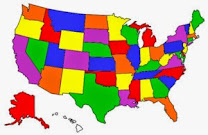


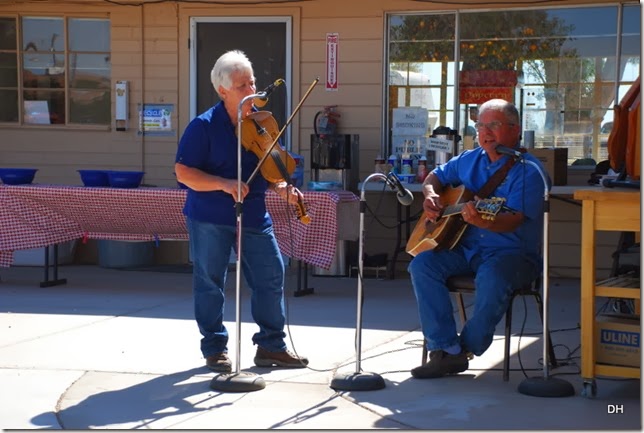
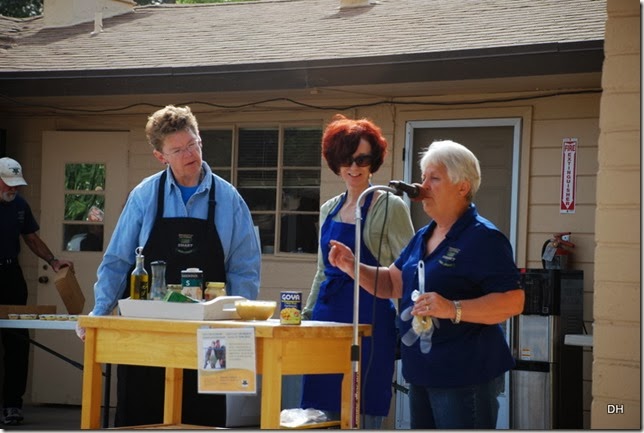
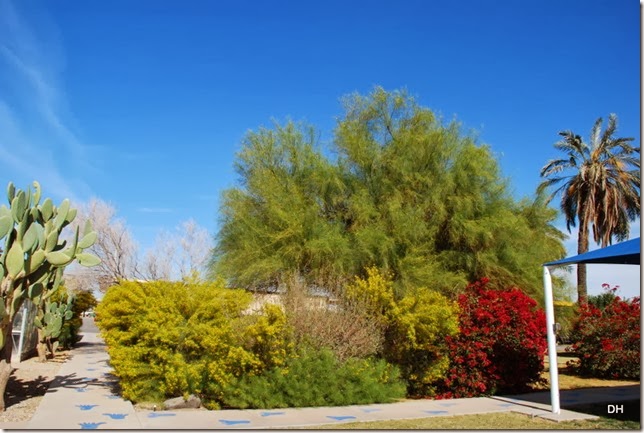
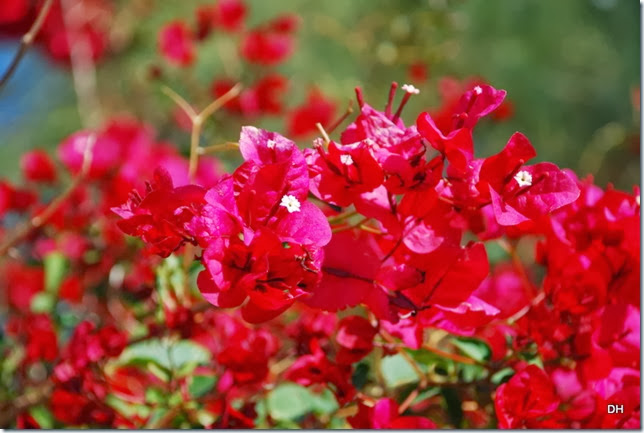
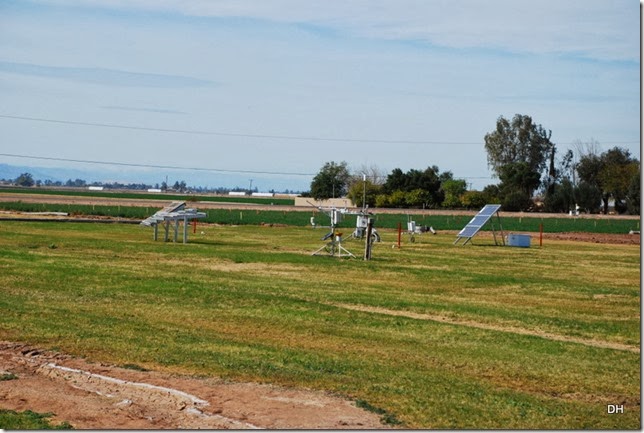
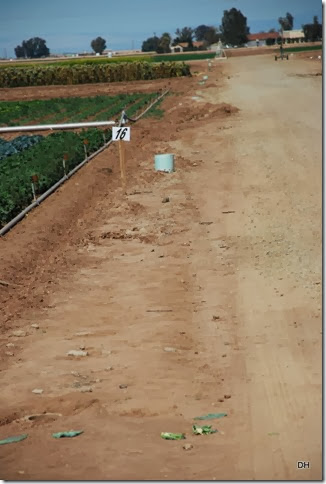
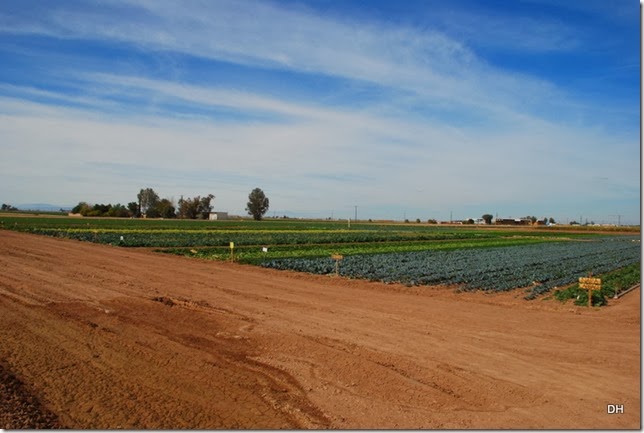
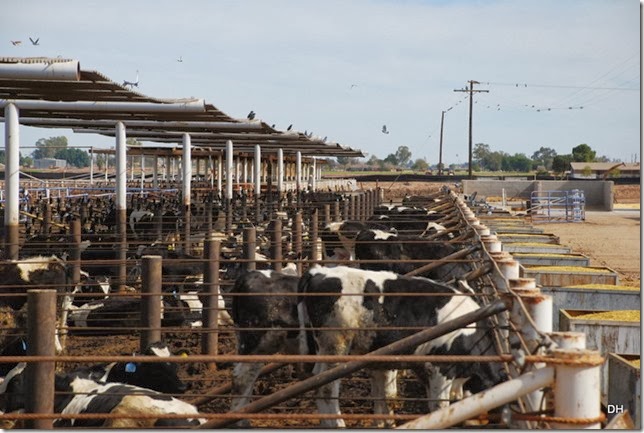
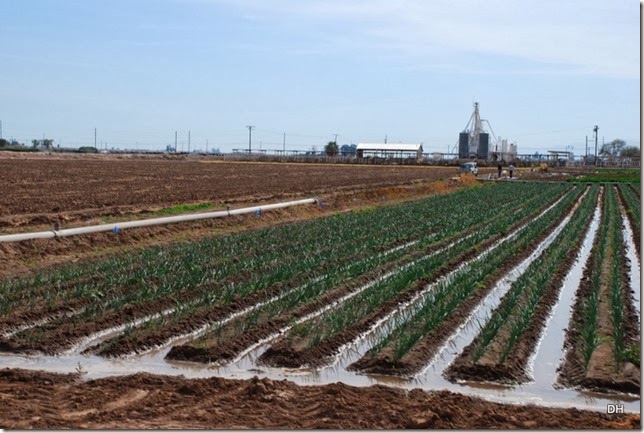
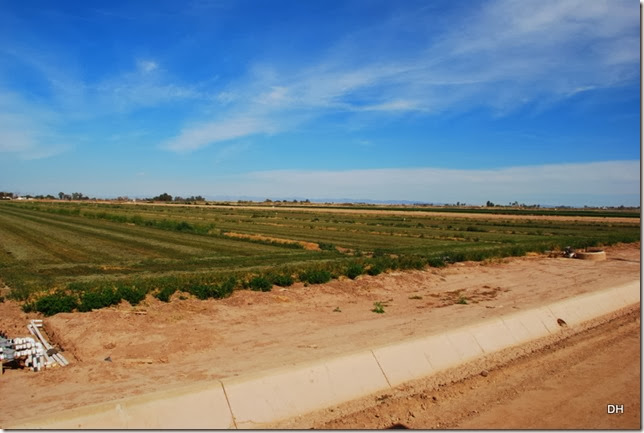
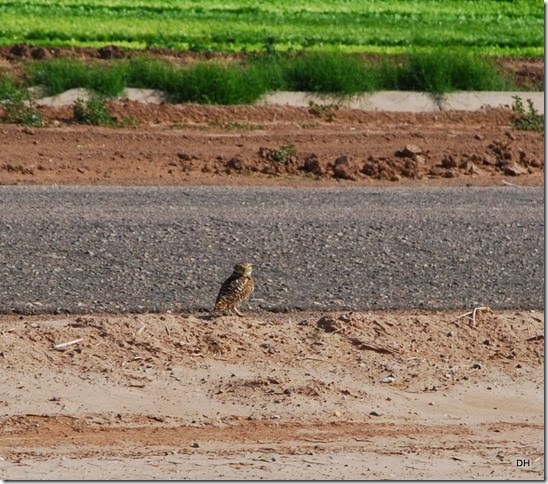
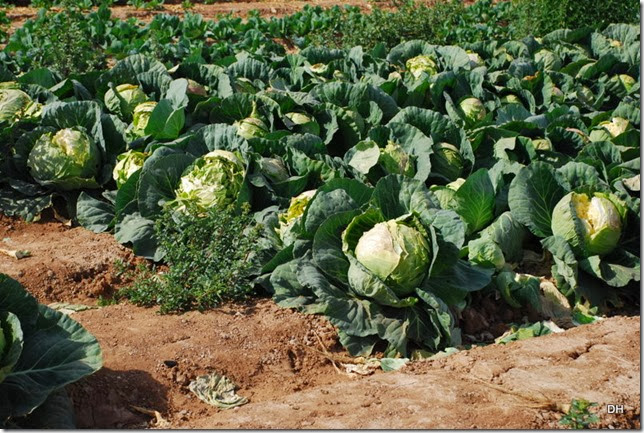
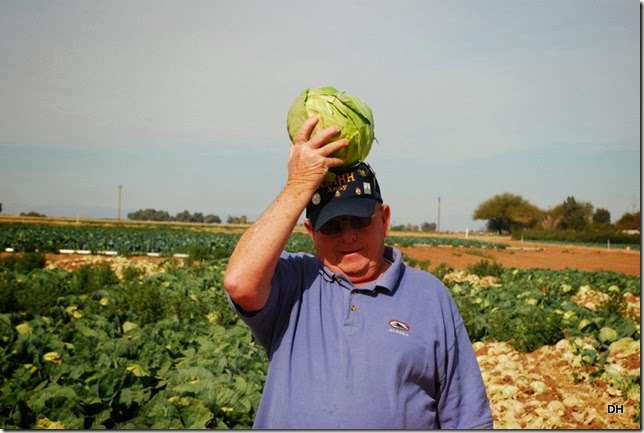
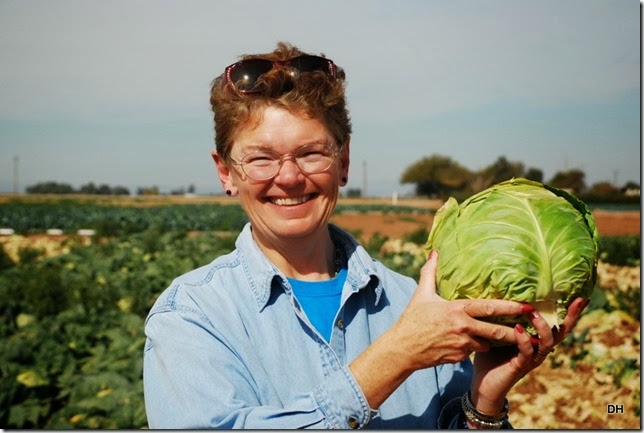
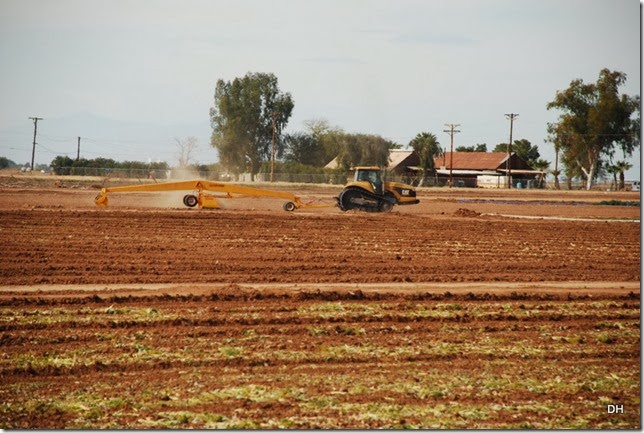
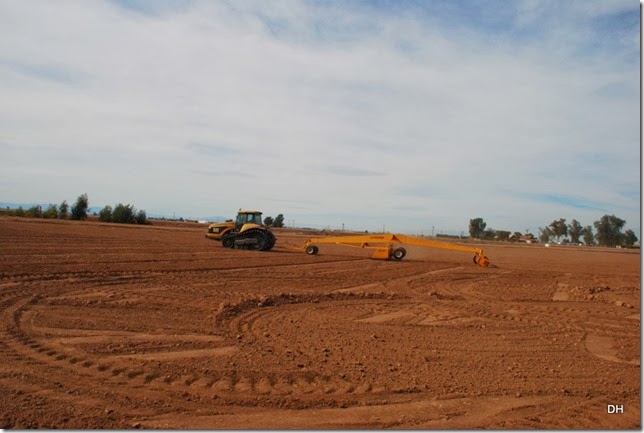
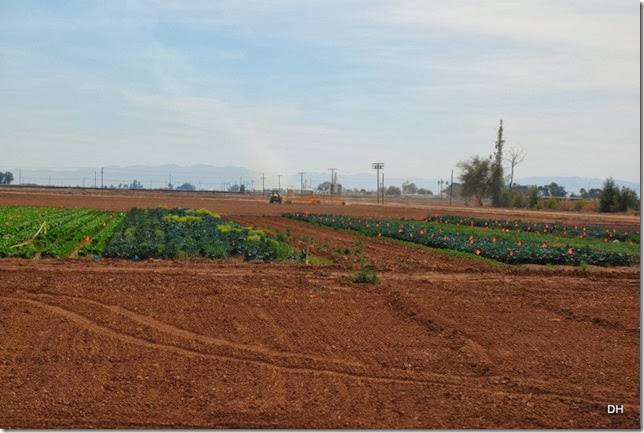


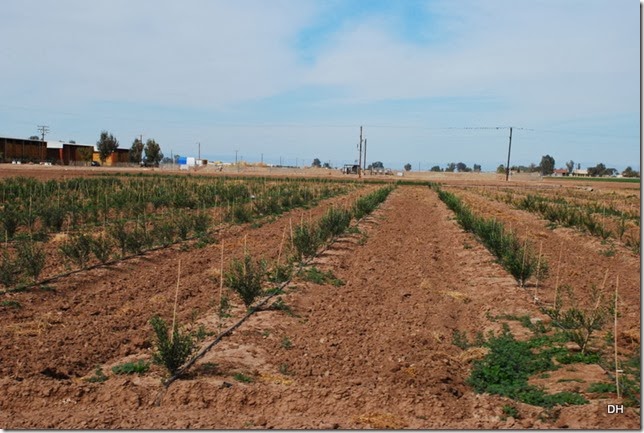



2 comments:
Very interesting blog post! We were touring around that area and were amazed that in the morning they would have workers picking in a field... and by that afternoon the same field would be plowed under and new seeding taking place for the next batch of vegetables! Round the year farming!
~*~*~*~*~*~*~*~*~*~*~*~*~*~*~*~*~*~*~*~*~*~*
Karen and Steve
(Blog) RVing: The USA Is Our Big Backyard
http://kareninthewoods-kareninthewoods.blogspot.com
~*~*~*~*~*~*~*~*~*~*~*~*~*~*~*~*~*~*~*~*~*~*
If you get to this area again, take the tour - it was WONDERFUL!
Post a Comment